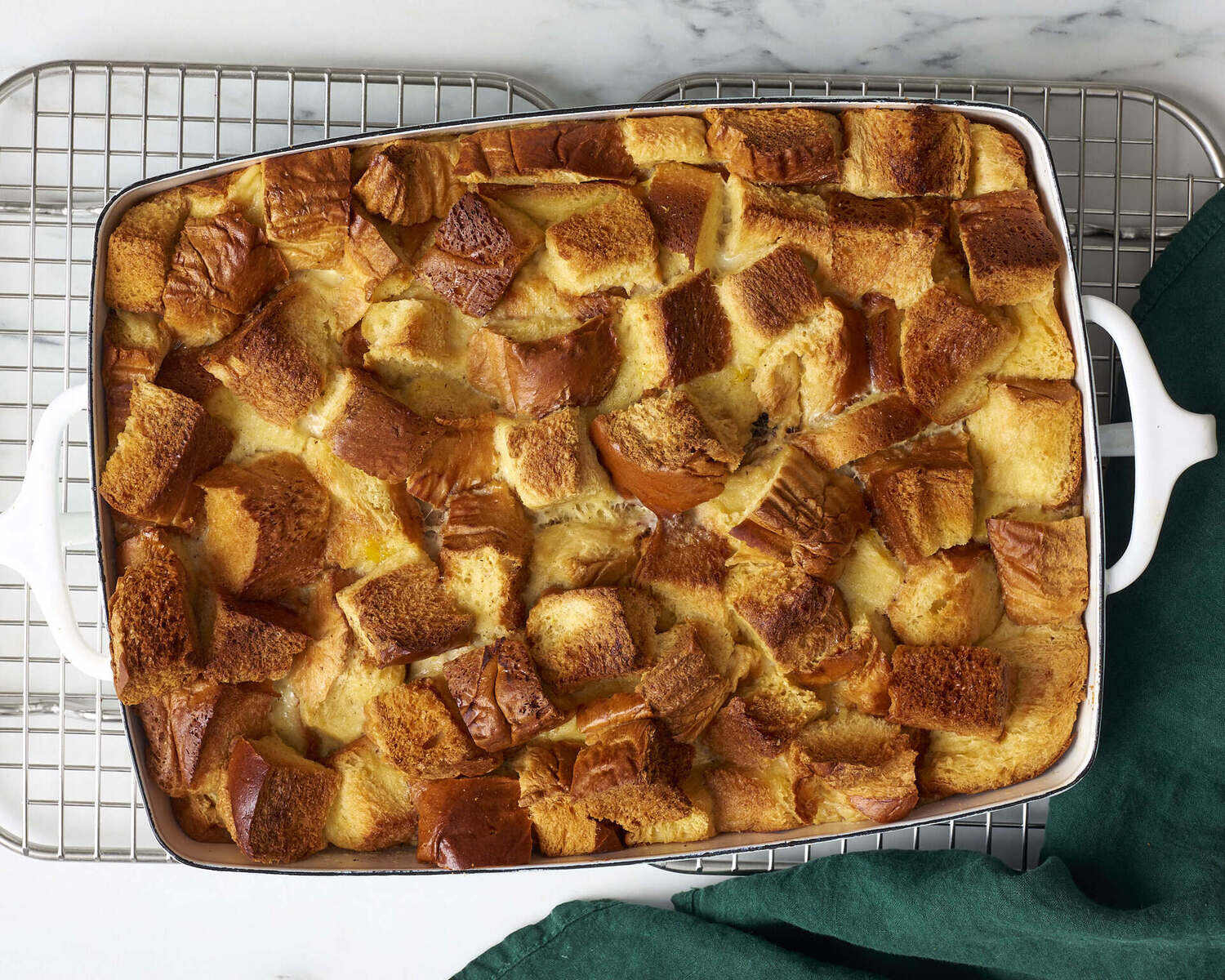

Articles
How To Store Bread Pudding
Modified: December 7, 2023
Learn how to store bread pudding properly to keep it fresh and delicious for longer. This article provides helpful tips and techniques for preserving the taste and texture of your homemade bread pudding.
(Many of the links in this article redirect to a specific reviewed product. Your purchase of these products through affiliate links helps to generate commission for Storables.com, at no extra cost. Learn more)
Introduction
Bread pudding is a popular and delicious dessert made by combining stale bread with a custard mixture. The result is a mouthwatering treat that is both comforting and satisfying. Whether you have made a fresh batch of bread pudding or have leftovers from a previous meal, knowing how to properly store it is essential to ensure its freshness and taste.
In this article, we will guide you through the step-by-step process of storing bread pudding to keep it at its best for as long as possible. From preparing the bread pudding for storage to choosing the right container and deciding whether to store it at room temperature, in the refrigerator, or in the freezer, we’ve got you covered.
So, if you’re ready to learn how to store your delicious bread pudding for future enjoyment, let’s get started!
Key Takeaways:
- Properly storing bread pudding is crucial for maintaining its delicious taste and texture. From cooling and portioning to selecting the right container, each step ensures freshness and flavor for future enjoyment.
- Whether at room temperature, in the refrigerator, or in the freezer, bread pudding can be stored for different durations. Reheating with care restores its comforting flavors, allowing you to enjoy this classic dessert at your convenience.
Read more: How To Store Yorkshire Pudding
Step 1: Preparing the Bread Pudding for Storage
Before you can start storing your bread pudding, it’s important to prepare it properly. This includes allowing the pudding to cool completely before even thinking about storage.
First, remove the bread pudding from the oven or stovetop and let it sit at room temperature for about 20 minutes. This will allow it to cool down slightly and make it easier to handle.
Next, you’ll want to cut the bread pudding into individual portions. This will not only help with portion control later on but also make it easier to store and reheat. Using a sharp knife, slice the bread pudding into square or rectangular pieces, depending on your preference.
If your bread pudding is still warm or hot, let it cool completely on a wire rack before proceeding to the next step. This will prevent condensation from forming inside the storage container, which can lead to a soggy texture.
Once your bread pudding has cooled down, it’s time to move on to the next step: choosing the right storage container.
Step 2: Choosing the Right Storage Container
When it comes to storing bread pudding, selecting the appropriate container is crucial to maintain its texture and flavor. Here are some factors to consider when choosing the right storage container:
- Airtightness: Opt for a container that has a tight seal to prevent any air from entering. This will help prolong the freshness of the bread pudding.
- Size: Select a container that can accommodate the individual portions of bread pudding without overcrowding. This will prevent the pieces from sticking together when stored.
- Material: Choose a container made of freezer-safe material, such as glass or plastic, if you plan to freeze the bread pudding. Ensure that the container is also microwave-safe if you intend to reheat the pudding using this method.
For individual portions, silicone muffin cups or small glass containers with lids can be ideal. They not only keep the portions separate but also make it convenient to grab a single serving whenever desired.
If you have a larger quantity of bread pudding or want to store it as a whole, consider using a large airtight container or even a covered baking dish. Just make sure the lid fits properly and locks securely.
By selecting a suitable storage container, you can ensure that your bread pudding remains fresh and free from any contaminants during storage.
Step 3: Storing Bread Pudding at Room Temperature
Storing bread pudding at room temperature is an option if you plan to consume it within a day or two. However, it’s important to take certain precautions to maintain its freshness and prevent it from spoiling.
To store bread pudding at room temperature:
- Cool the pudding completely: Allow the bread pudding to cool down at room temperature for a few hours. This ensures that it reaches room temperature and minimizes the risk of condensation forming inside the storage container.
- Select a suitable container: Choose an airtight container that is large enough to accommodate the bread pudding without compressing or squishing it. Place the individual portions or the whole bread pudding into the container.
- Seal the container: Ensure that the lid or cover of the container is tightly sealed to prevent air from entering and drying out the bread pudding. This also helps to maintain its moisture and texture.
- Find a cool, dry spot: Locate a cool area in your kitchen or pantry away from direct sunlight and heat sources. Avoid placing the bread pudding near appliances that generate heat, such as ovens or stovetops.
Stored properly, bread pudding can typically be kept at room temperature for up to 2 days. However, it’s important to regularly check for any signs of spoilage, such as a sour smell or mold growth. If you notice any such signs, it’s best to discard the bread pudding to avoid any risk of foodborne illness.
If you don’t plan to consume the bread pudding within a day or two, it’s advisable to store it in the refrigerator or freezer to extend its shelf life.
Store bread pudding in an airtight container in the refrigerator for up to 3-4 days. To reheat, place in the oven at 350°F for 10-15 minutes or microwave for 1-2 minutes.
Step 4: Refrigerating Bread Pudding
If you want to store bread pudding for a longer period, refrigeration is the way to go. The cooler temperature of the refrigerator helps to slow down the growth of bacteria and preserve the freshness of the pudding.
Follow these steps to properly refrigerate bread pudding:
- Cool the pudding: Allow the bread pudding to cool at room temperature for a couple of hours before refrigerating. This prevents condensation from forming inside the container.
- Transfer to airtight container: Place the bread pudding in an airtight container or wrap it tightly with plastic wrap. Ensure that the container or wrap is sealed properly to prevent any air from entering.
- Label and date: Write the date on the container or wrap to keep track of its freshness. This will help you know when it’s time to consume the bread pudding.
- Store in the refrigerator: Place the bread pudding in the refrigerator, preferably on a shelf rather than the door. The temperature is more consistent on the shelf, ensuring better preservation.
When stored correctly, bread pudding can last in the refrigerator for around 4-5 days. However, it’s essential to check its condition regularly. If you notice any signs of spoilage like an off smell, mold growth, or unusual texture, it’s best to discard the bread pudding to avoid any risk of foodborne illness.
Remember that refrigeration can cause bread pudding to lose some of its moisture and become slightly drier. To combat this, you can reheat the pudding before serving to enhance its taste and texture.
Now that you know how to refrigerate bread pudding, let’s move on to the next step: freezing it for longer-term storage.
Read more: How To Store Banana Pudding
Step 5: Freezing Bread Pudding
If you have a surplus of bread pudding or want to store it for an extended period, freezing is an excellent option. Freezing helps to preserve the bread pudding’s flavor and texture, allowing you to enjoy it at a later time.
Here’s how you can freeze bread pudding:
- Cool and portion the pudding: Allow the bread pudding to cool completely at room temperature. Once cooled, divide it into individual portions or cut it into slices, depending on your preference.
- Wrap each portion: Individually wrap each portion of bread pudding tightly in plastic wrap or place them in freezer-safe bags. Wrapping them individually prevents them from sticking together and makes it easier to thaw only what you need.
- Label and date: Label each wrapped portion with the date of freezing to keep track of its storage time.
- Arrange in the freezer: Place the wrapped portions of bread pudding in a single layer on a baking sheet or tray. This initial freezing on a flat surface prevents the portions from sticking to one another and allows for easier organization in the freezer.
- Transfer to proper storage: Once the portions are partially frozen, transfer them to airtight containers or freezer-safe bags. Make sure to squeeze out any air and seal the containers tightly.
- Store in the freezer: Place the containers of bread pudding in the freezer, ideally in a dedicated section where they won’t be jostled or crushed. Ensure that the freezer temperature is set at 0°F (-18°C) or below for optimal storage.
When stored properly, bread pudding can be kept in the freezer for up to 2-3 months. However, for the best taste and texture, it’s advisable to consume it within the first month. Over time, the quality may deteriorate, resulting in a loss of flavor and a less satisfying eating experience.
Now that you know how to freeze bread pudding, let’s move on to the final step: reheating the stored bread pudding for a delicious treat!
Step 6: Reheating Stored Bread Pudding
When you’re ready to enjoy the stored bread pudding, it’s time to reheat it to restore its deliciousness. The method of reheating will depend on whether you stored the bread pudding in the refrigerator or freezer.
Follow these steps to reheat bread pudding:
- If refrigerated:
- Oven: Preheat your oven to 350°F (175°C). Place the bread pudding in an oven-safe dish and cover it with foil to prevent it from drying out. Bake for about 15-20 minutes or until heated thoroughly.
- Microwave: Transfer individual portions of bread pudding to a microwave-safe plate. Microwave on medium power for 30-second intervals, checking and stirring in between, until heated to your desired temperature.
- If frozen:
- Oven: Preheat your oven to 350°F (175°C). Place the frozen bread pudding in an oven-safe dish and cover it with foil. Bake for around 30-40 minutes, or until heated through. Check the center with a fork or toothpick to ensure it’s cooked evenly.
- Microwave: If you’re in a hurry, you can use the microwave to thaw and heat the bread pudding. Remove the individual portion from its wrap and place it on a microwave-safe plate. Use the defrost setting to thaw the bread pudding partially before microwaving it on medium power in 30-second intervals. Stir and check for doneness in between intervals.
Remember to watch the timing closely and adjust accordingly based on your microwave or oven settings. It’s essential not to overheat the bread pudding as it can dry out or become rubbery.
Once reheated, you can serve the bread pudding as it is, or you can jazz it up with a dollop of whipped cream, a drizzle of caramel or chocolate sauce, or a sprinkle of powdered sugar. Get creative and enjoy the warm, comforting flavors of your bread pudding!
With these simple reheating techniques, you can savor the taste of freshly made bread pudding even from stored leftovers.
Conclusion
Storing bread pudding properly is key to preserving its delicious taste and texture for future enjoyment. By following the steps outlined in this article, you can ensure that your bread pudding remains fresh and flavorful for as long as possible.
From preparing the bread pudding for storage to selecting the right container, whether it’s for room temperature storage, refrigeration, or freezing, each step plays a crucial role in maintaining the quality of the dessert.
Remember to cool the bread pudding completely before storing it and use airtight containers to prevent air exposure. If you plan to store the pudding at room temperature, consume it within a day or two. Refrigeration can extend its shelf life to around 4-5 days, while freezing allows for storage for up to 2-3 months. However, for the best taste and texture, it’s recommended to consume the frozen bread pudding within the first month.
When reheating the stored bread pudding, choose the appropriate method based on whether it was refrigerated or frozen. Utilize the oven or microwave to warm the bread pudding to your desired temperature, being careful not to overheat it.
Whether it’s for a special occasion or a quick treat, having the option to store bread pudding allows you to enjoy it at your convenience without compromising on taste. So, the next time you make delicious bread pudding, use these storage tips to ensure that every bite is as delectable as the first.
Now that you have mastered the art of storing bread pudding, it’s time to indulge in this classic dessert whenever you crave its decadent flavors. Happy storing and happy indulging!
Frequently Asked Questions about How To Store Bread Pudding
Was this page helpful?
At Storables.com, we guarantee accurate and reliable information. Our content, validated by Expert Board Contributors, is crafted following stringent Editorial Policies. We're committed to providing you with well-researched, expert-backed insights for all your informational needs.
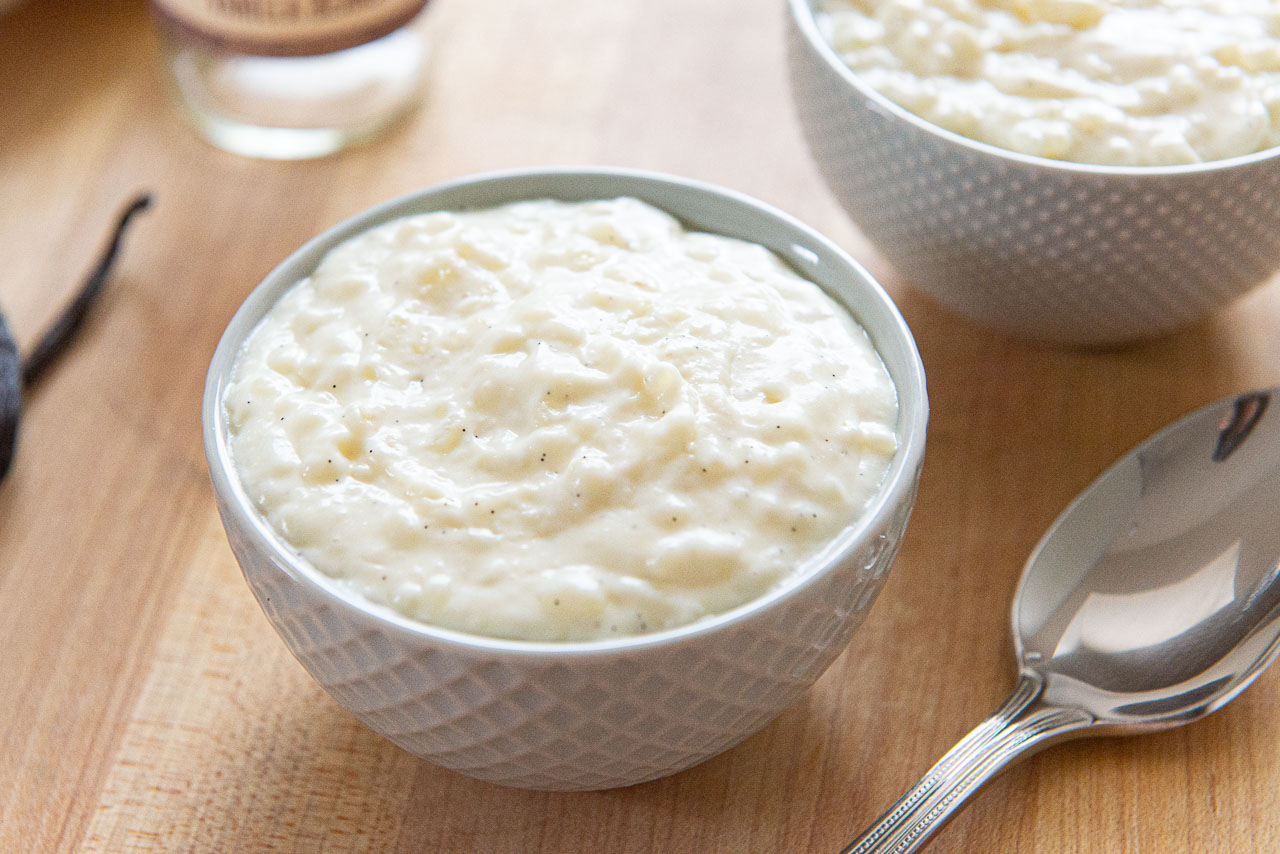



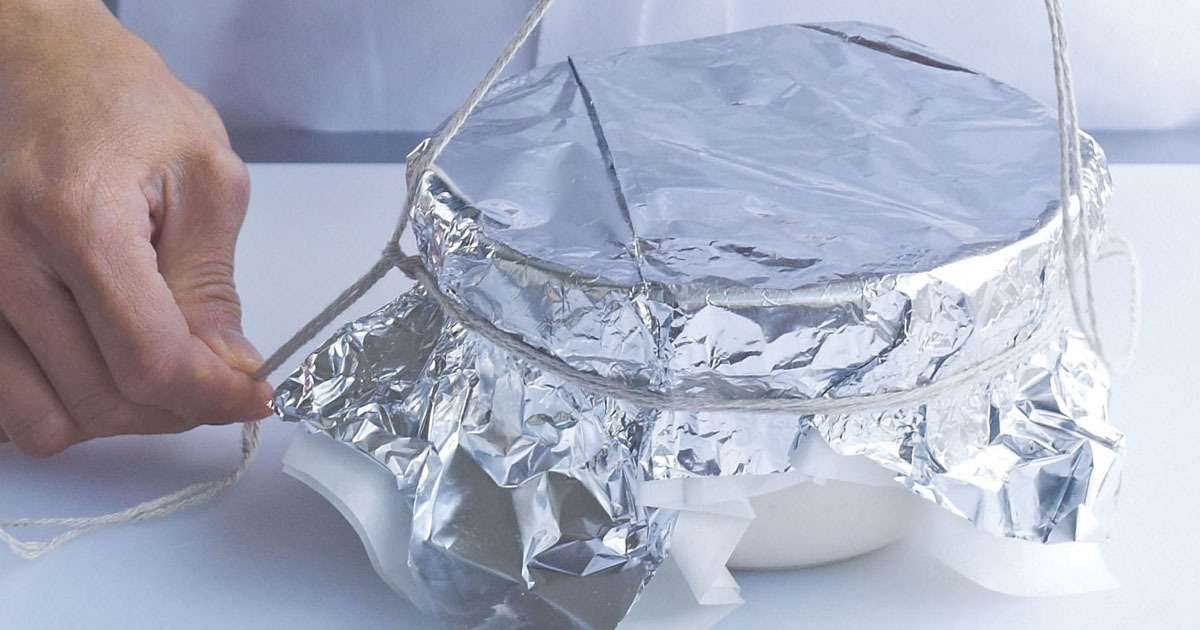


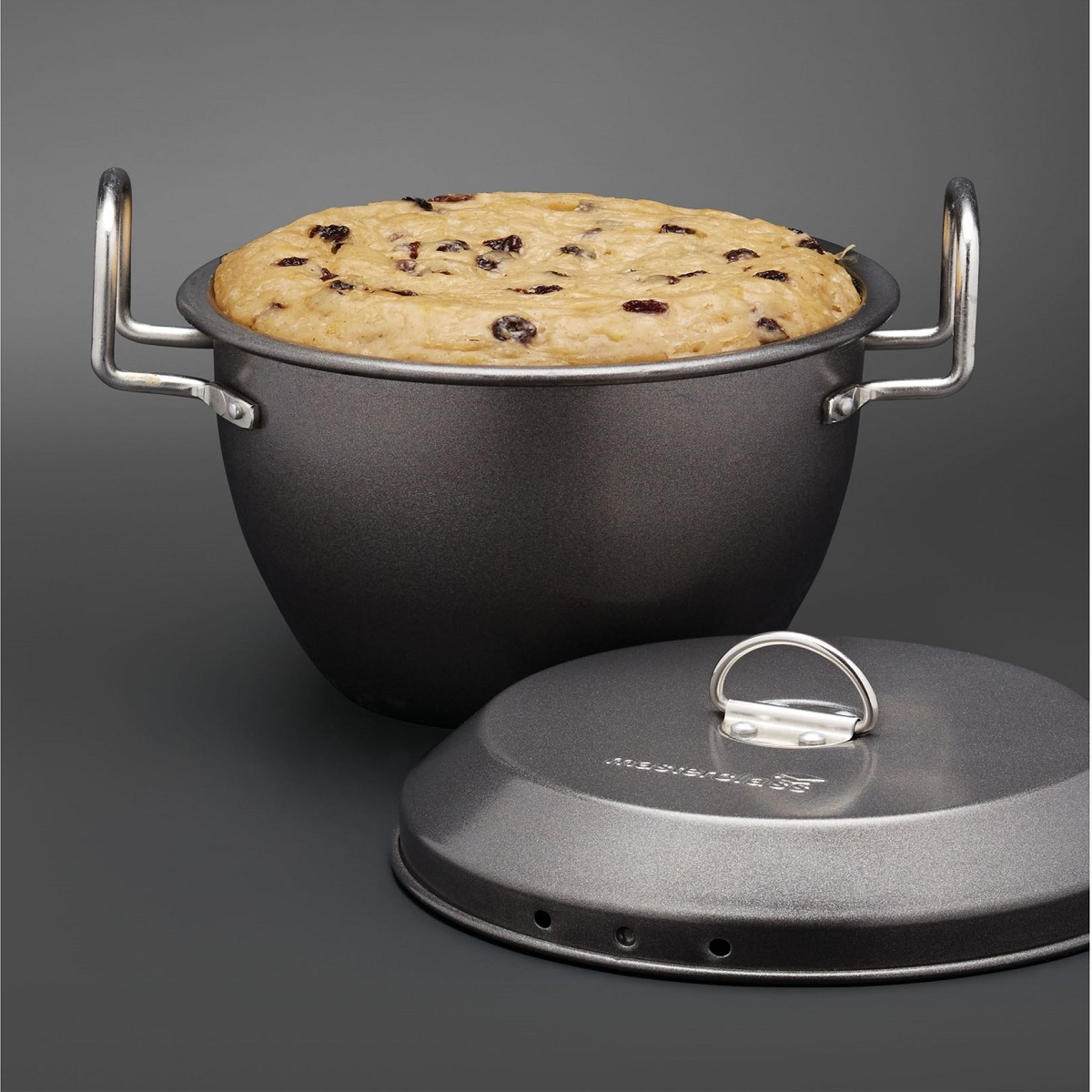
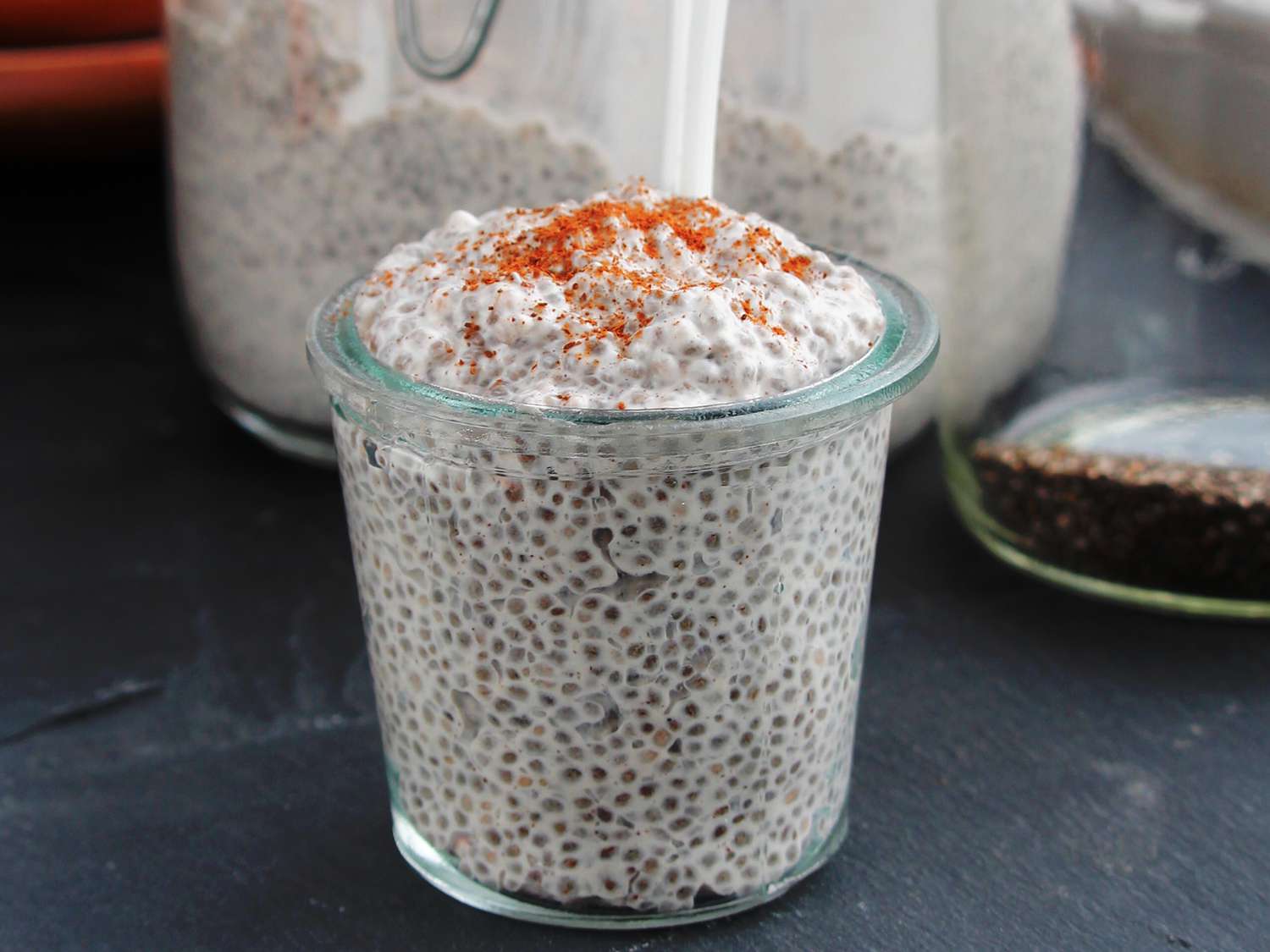

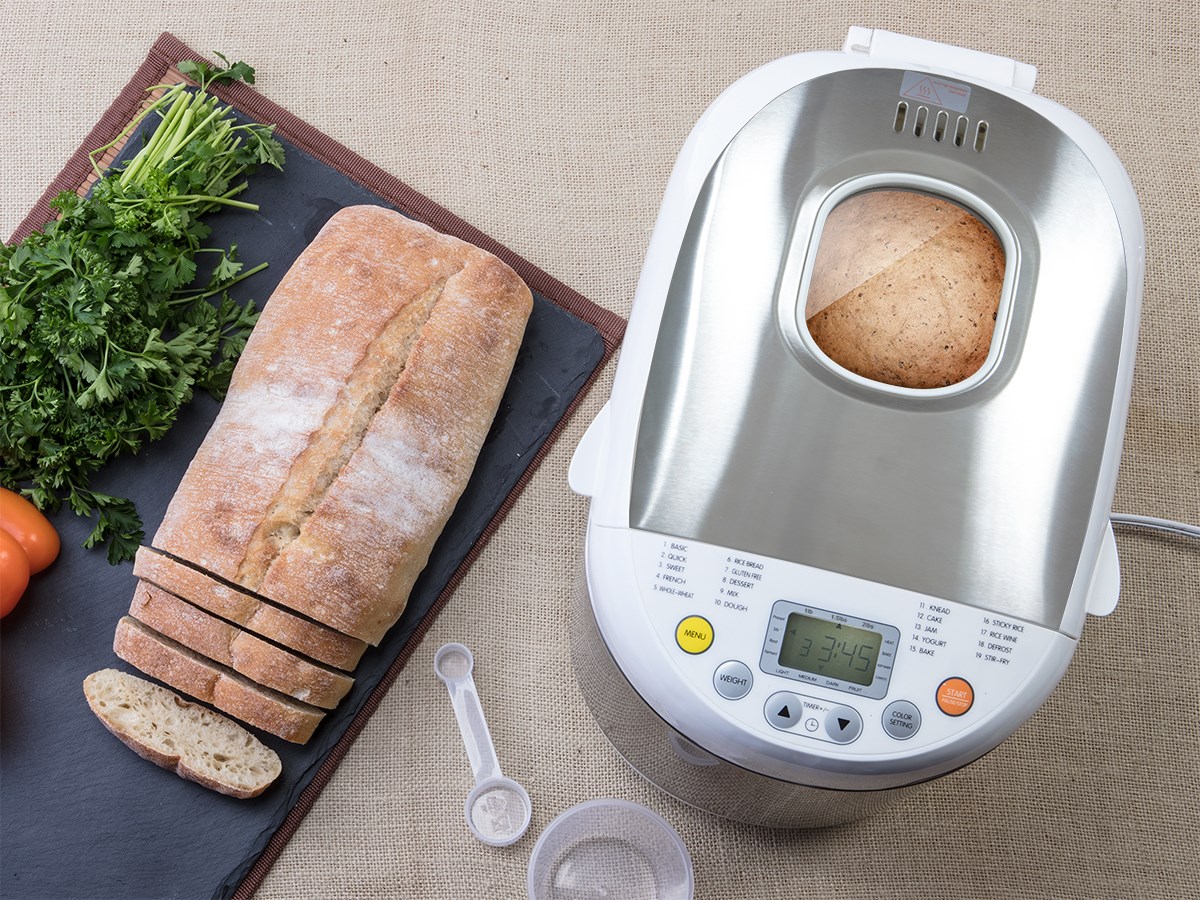
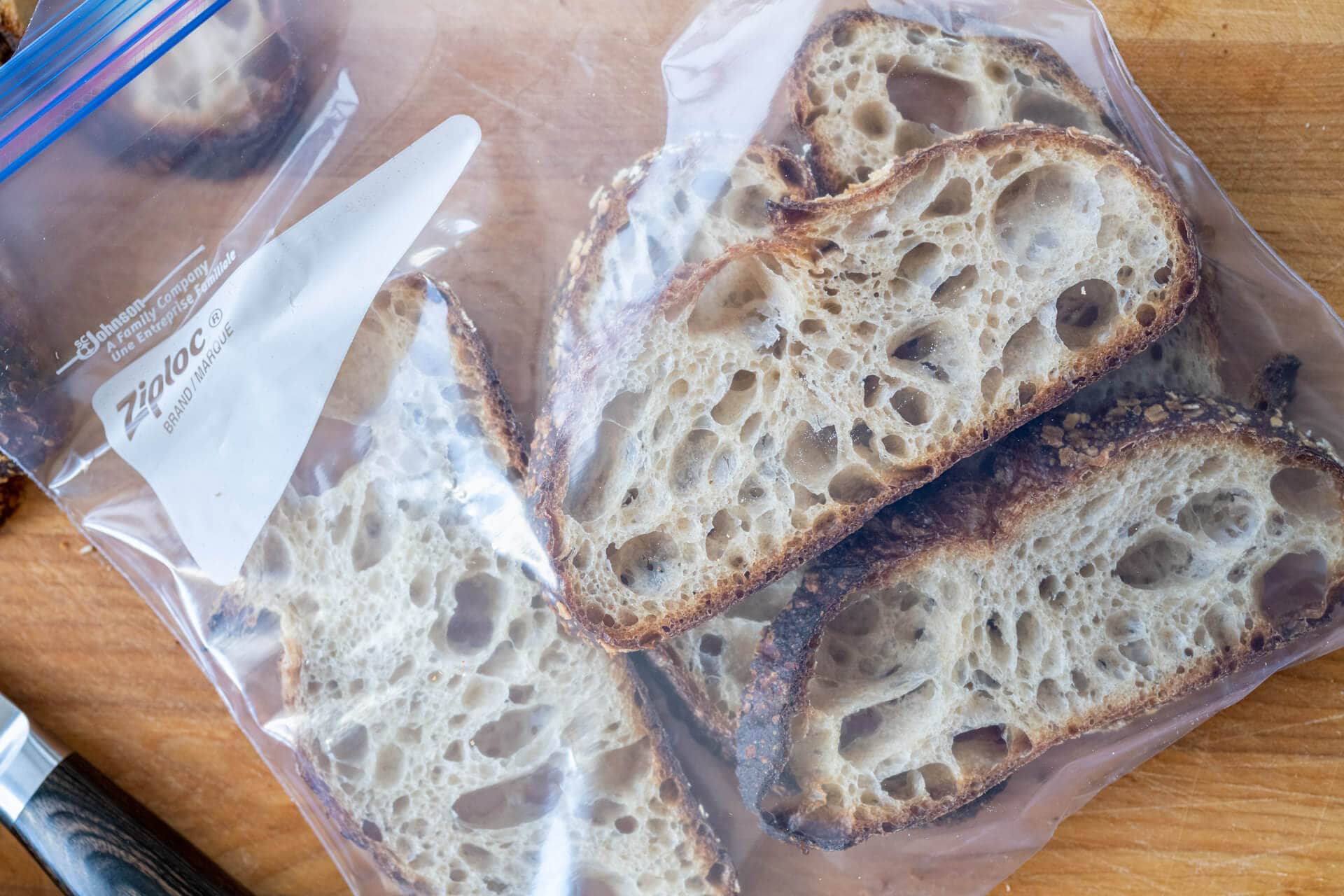

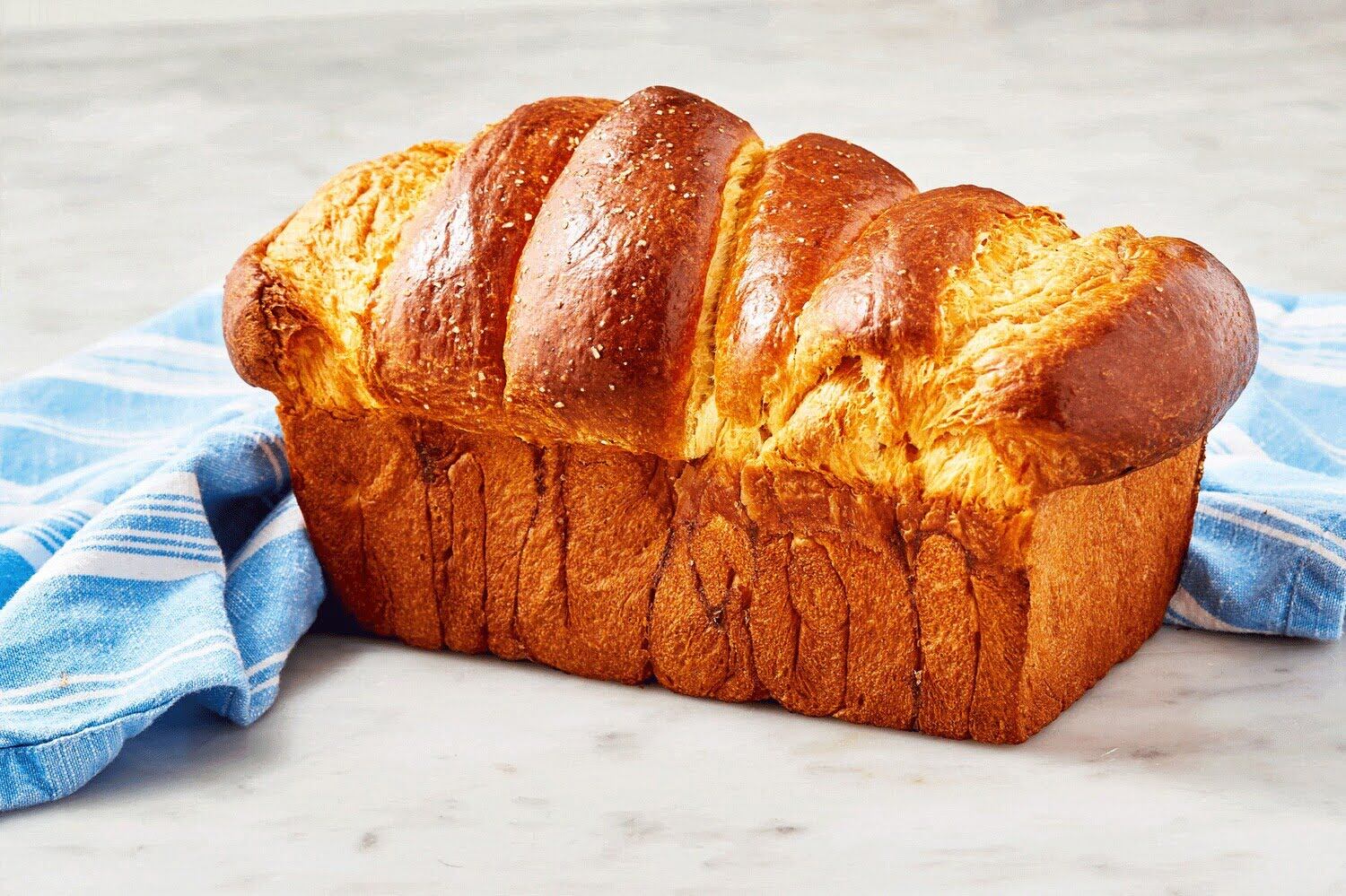

0 thoughts on “How To Store Bread Pudding”